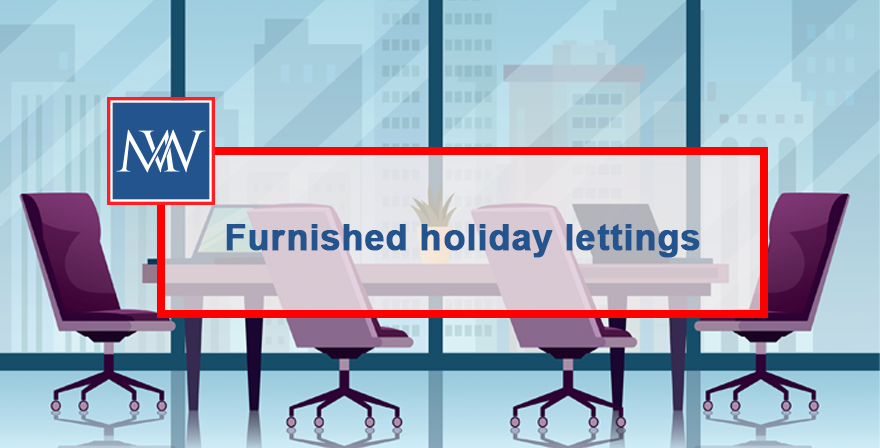
Furnished holiday lettings
Furnished holiday lettings
Furnished holiday lettings offer a number of tax advantages over longer lets. One of the key benefits is the availability of capital gains tax reliefs available to traders, including rollover relief and business asset disposal relief.
Business asset rollover relief
Business asset rollover relief is a significant benefit of having a furnished holiday let rather than a standard buy-to-let. It enables the landlord to sell one property and invest in another without crystallising an immediate charge to capital gains tax; instead the gain is ‘rolled over’ and the charge is deferred.
Business asset rollover relief is available on the disposal of a qualifying business where some or all of the proceeds are used to buy new assets.
Conditions
To qualify for business asset rollover relief certain conditions must be met:
- The new asset must be bought in the period running from one year before the sale or disposal of the old asset to three years after.
- The business must be trading when the old asset is disposed of and the new asset is acquired.
- The old asset and the new asset must be used in the business.
Effect
The effect of the relief is that capital gains tax is not payable when the old asset is disposed; instead it is paid on the gain on both the old asset and the new asset on the disposal of the new asset.
Example
Lottie runs a furnished holiday lettings business and owns a holiday cottage in St Ives. She purchased it in 2010 for £150,000 and sells it in June 2021 for £400,000 (net of costs), realising a gain of £250,000. Three months later, she buys a new holiday let in Padstow for £450,000. She claims business asset rollover relief, deferring the capital gains tax on the sale of the St Ives property.
The base cost of the Padstow property is £200,000, being the cost of £450,000, less the rolled over gain of £250,000.
Louise has a buy to let property. She also purchased it in 2010 for £150,000 and sold it in June 2021 for £400,000 (net of costs) realising a gain of £250,000. She plans to buy a buy-to-let in a different location. However, unlike Lottie, she is unable to claim business asset rollover relief and must pay the associated capital gains within 30 days of the sale completion. If she is a higher rate taxpayer, and assuming her capital gains tax annual exempt amount of £12,300 is available, she will have a capital gains tax bill of £66,556 (28% (£250,000 – £12,300) to pay, reducing the proceeds that she has available for reinvestment to £333,444. By contrast, Lottie has the full proceeds of £400,000 available to reinvest.
Partial relief
Partial relief is available if only part of the proceeds from the sale of the old property is reinvested in the new property.
Example
Luke has a furnished holiday lettings business. He sells a holiday let for £300,000 realising a gain of £100,000. He buys a new holiday let for £270,000. £30,000 of the gain of £100,000 is immediately chargeable to capital gains tax. The remaining £70,000 of the gain is rolled over. The base cost of the new holiday let is £200,000, being the cost of £270,000, less the rolled over gain of £70,000.
Claiming relief
Relief must be claimed within four years from the end of the tax year in which the new asset was acquired or, if later, the old asset was sold. A claim form is available on HMRC helpsheet HS290.
Need Accountancy Support?
For information on bespoke training, or if you have any other questions for Makesworth Accountant, please fill in your details below
















 151
151